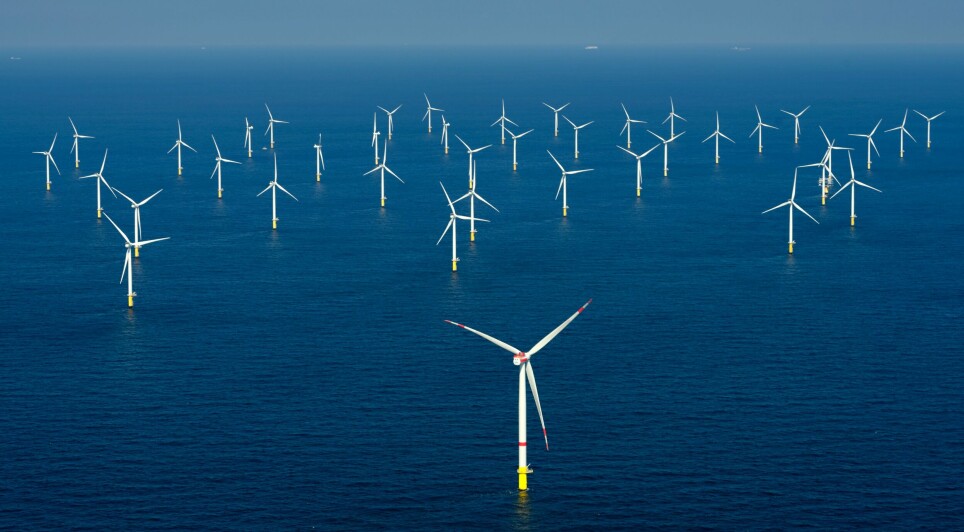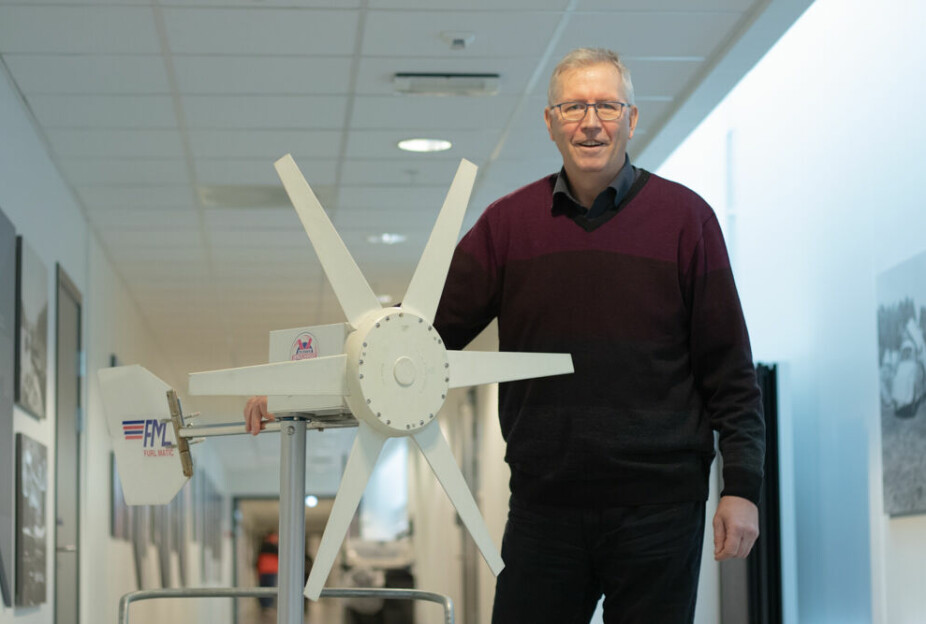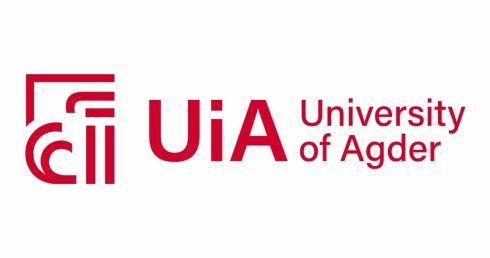THIS ARTICLE/PRESS RELEASE IS PAID FOR AND PRESENTED BY THE University of Agder - read more

We need a lot more research on floating wind farms in areas with deep water
Offshore wind has tremendous potential, but what are the limitations? Unanswered questions trigger researchers.
“We know a great deal about windmills on land, and something about fixed-bottom wind turbines at sea, but much less about floating wind turbines,” Geir Grasmo says. He is a professor at the University of Agder (UiA).
Grasmo leads UiA’s technological research group on offshore wind and the Centre for Reaserch-based Innovation Offshore Mechatronics.
“We lack good answers on how to make the best possible use of offshore wind, and how we can design, build, operate, maintain and manage fields at sea in harsh conditions,” Grasmo says.
Combines multiple disciplines
It is typical for researchers working in mechatronics to combine different disciplines, including mechanics and electronics, computer technology, ICT and artificial intelligence.
By combining several fields, they can develop advanced systems that monitor and control. They can remote control robots, drones and cranes and underwater vessels. The researchers can also develop systems that monitor and control the operation of offshore wind turbines from land.

Experience from the supplier industry
The UiA researchers have extensive experience in developing offshore cranes, mechanical solutions and control systems for use on ships and oil rigs in the North Sea.
This expertise has been built up over decades of collaboration with GCE NODE and the international supplier industry in Agder.
GCE NODE is a cluster for ocean technologies which mainly focuses on offshore companies.
“This expertise and experience gives us an advantage when we now contribute to developing the Norwegian offshore wind industry in various areas,” Grasmo says.
An immature technology
The industry and researchers agree that offshore wind is a rather immature technology in Norway.
“Windmills developed for placement on land were placed at sea in the early days of the offshore wind industry. The windmills stand on piles, and the piles are fixed to the seabed. Such windmills can be found in the shallow waters near Copenhagen, Denmark,” Grasmo says.
According to Grasmo, there are still challenges linked to streamlining the installation process and operation of bottom-fixed facilities, especially in rough ocean areas like ours.
“We need a lot more research on floating wind farms in areas with water depths greater than 50-60 metres,” he says.
Norway will become a leading nation
The industry in Norway is looking to develop value chains both for bottom-fixed wind farms, which will dominate the Norwegian sector, and also floating offshore wind, which we have the prerequisites to master.
So do the researchers.
According to the government, Norway will become a leading nation in offshore wind. The goal is to allocate sites that can generate up to 30 GW of power by 2040, which is about 75 per cent of the capacity in the Norwegian power system today.
But floating offshore wind is still in its infancy in this country.
As late as in November 2022, the first floating wind farm in the North Sea opened and Equinor’s Hywind Tampen began power production.
The wind farm consists of 11 wind turbines mounted on floating platforms. The platforms are called floaters and are anchored to the seabed.
Optimising energy production
“The point of windmills is to produce energy. We are researching how they can produce as much electrical power as possible, individually, and collectively in offshore wind farms,” Grasmo says.
No one knows the answer to what the optimal wind turbine and wind farm is. But it is precisely this optimisation that the researchers are studying.
Here are some of the issues that engineers at UiA are researching:
- how to build industry and infrastructure between land and offshore wind farms
- which materials are the most suitable and sustainable for wind turbines, floaters and facilities for electrical production and transport
- how to optimise energy production in the generator and the wind farm
- how to adapt the construction of electrical units such as power converters for robust use offshore
- how to automate, control and monitor offshore wind farms
- how to measure wind conditions and place floaters and wind turbines to optimise power production
- how to connect offshore wind projects with other offshore production, such as the production of hydrogen and ammonia
- how to develop and utilise digital solutions, artificial intelligence and ICT to manage wind farms
- how to develop digital solutions to control and monitor each turbine and the entire windmill field while connecting the power from the field to the onshore grid and power production on land
Finding the right wind conditions
A typical question the researchers try to find an answer to is how many turbines can be placed on a floater, and how close to each other can the floaters be placed in a field to minimise disruption?
“The aim is to minimise the wind shadow of all wind turbines, also when they are on floaters,” Grasmo says.
As on land, solutions may differ from one wind farm to another.
“With different moves, we can adapt the fields to ensure maximum utilisation. We do this with advanced data tools. We seek to adapt each individual mill to the other so that the entire field works as best as possible,” Grasmo says.
Long service life in harsh environment
Offshore wind turbines must stand on foundations or floaters at sea in all kinds of weather. Weather and wind conditions are one of the many separate research fields linked to energy production. The constructions must withstand great stress. Salt water corrodes the equipment, and corrosion will always be a challenge.
“That is why it is important to research everything from the use of different materials to the construction of wind turbines and floaters to anchoring, power converters and other installations and equipment,” Grasmo says.
He emphasises that it is important to research health, environment and safety and climate consequences.
“A wind farm in Norwegian waters must be sustainable in the best possible way to have a long service life in a harsh and demanding environment,” Grasmo says.
Together with business and industry
UiA collaborates with multiple actors in Agder to develop the offshore wind industry. The team includes the Agder region initiative, Fremtidens Havvind; Future Materials Norwegian Catapult Centre; the research institute NORCE; and Mechatronics Innovation Lab at UiA.
“We will particularly support the development of the supplier industry and the infrastructure and supply lines that have to be built to contribute to the national initiative to develop a sustainable and financially sound offshore wind industry,” Grasmo says.

This article/press release is paid for and presented by the University of Agder
This content is created by the University of Agder's communication staff, who use this platform to communicate science and share results from research with the public. The University of Agder is one of more than 80 owners of ScienceNorway.no. Read more here.
See more content from the University of Agder:
-
Don't let fitness trackers take over your workouts, says researcher
-
Researchers reveal the secret life of hedgehogs
-
In uncertain times, many are worried about the future. What should we do?
-
Researcher: "Artificial intelligence will take over journalism within five years"
-
Do you feel voice shame? Researchers believe singing can be good for your health
-
Fishermen in Southern Norway seek the release of millions of fish into fjords




































